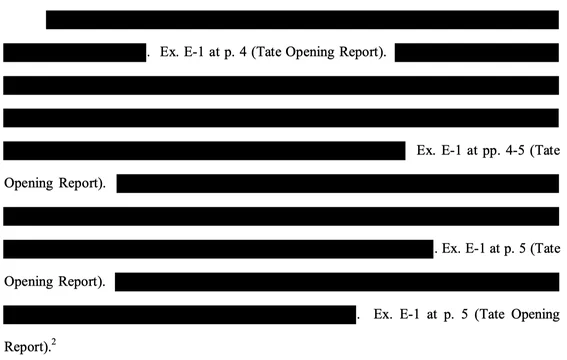It seems like only yesterday I was discussing the rare case where a third party moved to unseal the docket in a DE case. In fact, it was 12 days ago—time flies when blogging.

Well it happened again, and this time we have an opinion.
The intervenors in CBV, Inc. v. ChanBond, LLC, C.A. No. 21-1456 (D. Del. Mar 28, 2023) (Mem. Order) were shareholders in the defendant, Chanbond, who sought to unseal various and sundry filings including the complaint, answer, and briefing on a TRO. The parties (perhaps readers of the blog?) largely agreed to unseal the filings but insisted that the dollar amount of a confidential settlement agreement should remain redacted.
Typically, actual dollar amounts contained in confidential agreements are one of the few things that pass muster on a motion to seal. The twist was that the dollar amount had accidentally been filed publicly in a different case months earlier.

Oops.
Nevertheless, the parties (as well as several third-party signatories to the agreement who submitted their own briefs) insisted that the amount should remain under seal in DE. They noted that they were working on getting the filing taken down in the other case.
Judge Williams found this prior disclosure dispositive:
The settlement amount and its associated information have been publicly accessible for more than a year and remain in the public domain to this day. . . . Members of the public, and more pointedly, any competitors of the parties or non-parties keen on mining whatever competitive information might be accessible from the settlement amount and its associated information, have now long had unfettered access to it. No order of a court can un-ring that bell. Accordingly, because the settlement amount has remained public for more than a year, there has been no showing that public disclosure of these particular documents disclosing the settlement amount and its associated information would work a clearly defined and serious injury to anyone.
Id. at 7-8 (internal citations omitted).
As an interesting aside, this is the same case we discussed last year with the contested pro hac motion, which was to represent these intervenors on this motion to unseal. Small world!
If you enjoyed this post, consider subscribing to receive free e-mail updates about new posts.





